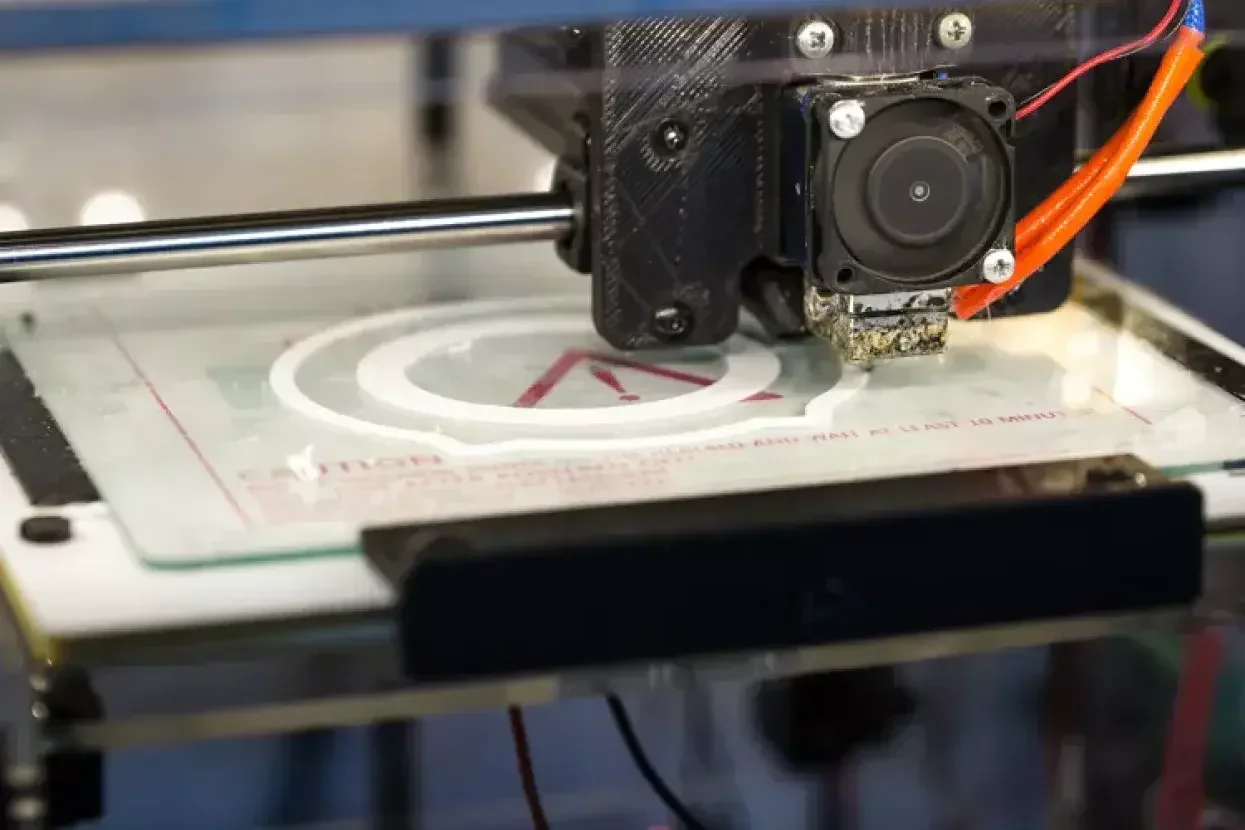
The global 3D print segment could be worth as much as $34.8bn (£25.0bn/€29.4bn) by the year 2026, according to a new report by market research company MarketsandMarkets.
The current market is estimated to be worth approximately $12.6bn but is forecast to expand at an annual compound growth rate (CAGR) of 22.5% between 2021 and 2026 due to an increase in demand for 3D print technology and services.
MarketsandMarkets said this demand is being partially driven by the healthcare sector, with the Covid-19 pandemic having seen a significant uptake of 3D print machinery in regions around the world as countries sought to fight back against the virus.
3D print technology has been used to create vital pieces of equipment for medical staff and consumers, including swabs, ventilator valves, face shields and other personal protective equipment.
The report also found that more companies turned to 3D print during the pandemic as while their traditional manufacturing facilities were shut during lockdown, they were forced to identify new methods for their production.
This, MarketsandMarkets said, led to some businesses recognising 3D print as a superior manufacturing process, with many opting to keep the technology on or invest in more kit even when their traditional facilities were permitted to reopen.
“Increased demand for healthcare supplies due to the Covid-19 outbreak and the potential to improve manufacturing processes and enhance supply chain management have created opportunities for the providers of 3D printing solutions in the market,” MarketsandMarkets said.
In terms of the wider market, MarketsandMarkets forecast that the printers segment will hold the largest market share between now and 2026, due to the improving availability of kit and the advancement of technology in recent years.
“3D printing has gained exceptional traction during the past decade owing to the multiple advantages of 3D printers over traditional manufacturing processes,” MarketsandMarkets said. “The production process offers a range of advantages, such as design flexibility, rapid prototyping, print-on-demand, minimal wastage, fast designing and production, ease of access, and time and cost efficiency, amongst others.
“The accessibility of 3D printers across the globe with the increasing availability of local service providers has reduced the time and logistics, and transport costs compared to traditional manufacturing processes produced abroad in China.”
The industrial vertical is expected to be the dominating market during the forecast period. This, the report said, will be helped by the rising trends of smart manufacturing, robotics, industrial services, and cloud applications providing opportunities to the 3D printing market.
In terms of geographical performance, the Asia Pacific region is set to grow at the fastest rate in the forecast period, primarily due to economic growth plans in China. The ‘Made in China 2025’ strategic roadmap for the country’s manufacturing sector outlines long-term ambitions and development goals, with the aim of making China one of the leading 3D print nations in the world.
In addition, the report picked out some of the manufacturing brands that will be among the major players in the 3D print market over the next five years. These include Stratasys and HP in the US, EOS, voxeljet and SLM Solutions in Germany, as well as Renishaw in the UK.
Discover the latest innovations in 3D printing at the Global Print Expo 2021, Europe’s leading exhibition for screen and digital wide format print, textile printing and signage. Discover the latest products, network with like-minded individuals and explore new business opportunites. Register now and use promo code FESH101 to receive a discount of 30 euros.